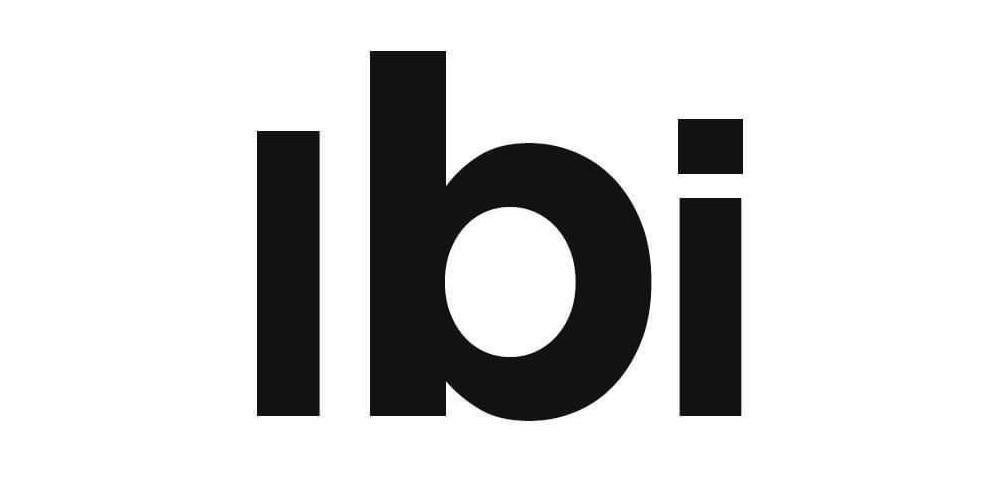Cosmetics encompass a wide range of beauty products and tools used to enhance one’s appearance, from makeup to skincare items. They are a form of self-expression and personal care that have a profound impact on how individuals perceive and present themselves.
Cultural Diversity:
Cultural diversity refers to the variety of cultures, traditions, and identities that exist within a society or a global context. It encompasses different belief systems, customs, languages, and ways of life, making it a rich source of inspiration and influence in the beauty industry.
Beauty Standards:
Beauty standards are societal or cultural expectations regarding physical appearance and attributes. These standards can vary greatly across different cultures and time periods, and they have a significant influence on individuals’ self-esteem and choices in cosmetics.
Cosmetic Industry:
The cosmetic industry is a thriving global sector that produces and markets an array of beauty products. It continually evolves to adapt to shifting consumer preferences, technological advancements, and cultural diversity, making it a dynamic and influential field.
Global Beauty:
Global beauty represents the amalgamation of beauty practices and ideals from around the world. It reflects the rich tapestry of cultural influences and traditions that shape people’s perceptions of beauty.
Cultural Influences:
Cultural influences play a pivotal role in shaping beauty ideals, from the preference for certain skin tones to specific makeup trends. These influences create a diverse and ever-evolving landscape in the beauty world.
Beauty Ideals:
Beauty ideals are the standards of physical attractiveness that vary across cultures and societies. Understanding and celebrating diverse beauty ideals is essential for promoting inclusivity in the cosmetics industry.
Skin Tones:
Skin tones are a significant aspect of beauty diversity. The range of skin tones, from fair to deep, presents an opportunity for the cosmetic industry to develop products that cater to a wide spectrum of people.
Makeup Diversity:
Makeup diversity encompasses the availability of cosmetics designed for different skin tones and types, offering a variety of shades, formulations, and products that allow individuals to express themselves authentically.
Cultural Representation:
Cultural representation in the beauty industry involves showcasing diverse models and promoting beauty ideals from various cultures. This fosters a sense of belonging and appreciation for one’s cultural heritage.
Cosmetic Products:
Cosmetic products encompass an extensive array of items, including foundations, lipsticks, skincare serums, and more. These products serve as tools for individuals to express themselves and enhance their natural beauty.
Beauty Traditions:
Beauty traditions are customs and practices related to personal grooming and aesthetics that are specific to various cultures. These traditions offer insights into the rich history of beauty rituals worldwide.
Multicultural Beauty:
Multicultural beauty celebrates and integrates the beauty practices and ideals of diverse cultural backgrounds, allowing individuals to explore and appreciate different traditions and aesthetics.
Beauty Acceptance:
Beauty acceptance emphasizes the importance of embracing one’s natural appearance while using cosmetics as a tool for self-expression. It promotes the idea that beauty comes in various forms and is not limited to any particular standard.
Makeup Trends:
Makeup trends constantly evolve, reflecting changes in cultural influences, societal norms, and technological advancements. Staying attuned to these trends allows individuals to experiment with new looks and styles.
Ethnic Beauty:
Ethnic beauty acknowledges the unique beauty characteristics and aesthetics of different ethnic groups. It celebrates the diversity of features, skin tones, and cultural influences that contribute to one’s appearance.
Cosmetics and Identity:
Cosmetics are intertwined with personal identity, allowing individuals to express who they are and how they want to be perceived. They play a role in shaping one’s sense of self and self-esteem.
Diverse Beauty Models:
The use of diverse beauty models in the cosmetic industry promotes a more inclusive and representative vision of beauty. It encourages people to feel seen and appreciated, regardless of their background.
Cosmetics and Self-Expression:
Cosmetics provide a means of self-expression, enabling individuals to convey their personality and creativity through makeup and grooming routines.
Beauty Marketing:
Effective beauty marketing embraces cultural diversity, utilizing inclusive campaigns that resonate with a wide range of consumers. It’s a powerful tool for promoting diverse beauty ideals and products.
Cultural Heritage:
Cultural heritage in the beauty industry refers to the preservation and celebration of beauty practices and traditions that have been passed down through generations, contributing to the uniqueness of each culture.
Cosmetic Shades:
Offering a wide range of cosmetic shades is essential for catering to diverse skin tones and ensuring that everyone can find products that complement their complexion.
Cosmetic Inclusivity:
Cosmetic inclusivity promotes the idea that everyone should have access to beauty products that meet their unique needs and preferences, irrespective of their cultural background or identity.
Beauty Diversity:
Beauty diversity recognizes that beauty comes in various forms and is not limited to a single standard. It acknowledges and appreciates the individuality of each person’s appearance.
Cultural Aesthetics:
Cultural aesthetics encompass the aesthetic values and preferences specific to different cultures. Understanding these aesthetics is crucial for creating beauty products that resonate with diverse consumer groups.
Beauty Rituals:
Beauty rituals are practices, often rooted in tradition, that contribute to self-care and well-being. These rituals can differ significantly from culture to culture, offering unique perspectives on beauty.
Cosmetics and Empowerment:
Cosmetics have the power to empower individuals by boosting their self-esteem, allowing them to present themselves as they wish, and enabling them to feel confident and beautiful.
Beauty and Individuality:
Beauty is a means of celebrating individuality and uniqueness. It allows people to stand out and express themselves in ways that reflect their personal tastes and preferences.
Cosmetics and Social Change:
The cosmetics industry can drive social change by promoting inclusivity and diversity. It can challenge beauty stereotypes and empower individuals to embrace their unique identities.
Beauty and Tradition:
Beauty traditions are deeply rooted in cultural heritage and tradition. Embracing these traditions in the cosmetics industry helps preserve and celebrate diverse cultural practices.
Makeup Representation:
Makeup representation involves featuring diverse models and makeup artists who can inspire and educate people about various makeup styles and techniques.
Cosmetic Innovation:
Cosmetic innovation continually advances the industry with new ingredients, formulations, and technologies, ensuring that beauty products remain relevant and effective.
Cosmetics and Identity Expression:
Cosmetics provide a means for individuals to express their cultural identity and personal values, allowing them to connect with their roots and traditions.
Global Beauty Market:
The global beauty market is a dynamic and ever-expanding industry that responds to diverse consumer demands, making it crucial for businesses to adapt to cultural diversity.
Beauty and Self-Confidence:
Cosmetics can significantly boost self-confidence by enhancing one’s appearance, allowing individuals to feel more assured and content with their image.
Cosmetic Adaptation:
Cosmetic adaptation involves tailoring products to different cultural and environmental conditions, acknowledging the unique needs and preferences of diverse consumers.
Inclusive Beauty Campaigns:
Inclusive beauty campaigns promote diversity and acceptance in the beauty industry, influencing the market and consumer perceptions.
Makeup and Culture:
Makeup and culture are intertwined, with each culture contributing unique elements to makeup styles and practices, enriching the global beauty landscape.











